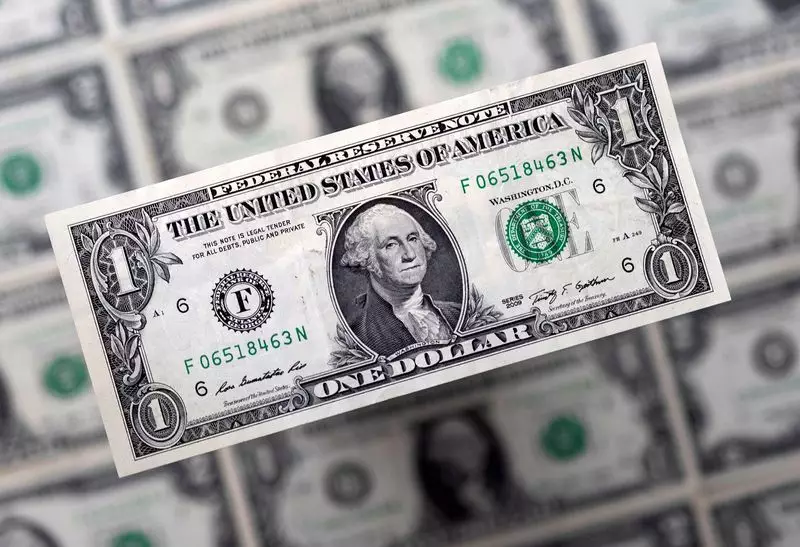In recent days, the U.S. dollar has exhibited remarkable resilience and strength, making notable gains against several major currencies. This resurgence can largely be attributed to a series of economic and political developments, including the impact of Donald Trump’s presidency and evolving market sentiments regarding Federal Reserve monetary policy. The economic landscape appears primed for potential challenges ahead, yet the dollar continues to assert its dominance, bolstered by higher inflation expectations and strategic fiscal measures.
The election of Donald Trump has ushered in an era marked by ambitious policies that are anticipated to have far-reaching effects on the U.S. economy. From higher trade tariffs to stricter immigration policies, these changes are projected to increase inflationary pressures within the economy, complicating the Federal Reserve’s approach to interest rate adjustments. With Trump’s Republican Party gaining majority control of both houses of Congress, the efficacy of his economic agenda appears more secure, which bodes well for the dollar in the short to medium term.
As commentators note, the current environment is characterized by a potent blend of factors that are supportive of the dollar’s ascent. Chris Weston, head of research at Pepperstone, succinctly summarizes this situation, highlighting that the dollar’s strength is underpinned by positive momentum, fiscal reforms, and growth differentials when compared to other economies.
Recent trading sessions have seen the U.S. dollar index, which measures the dollar against a basket of currencies, reach notable heights. As it climbed to 106.56—the highest level since November of the previous year—it demonstrated the robust nature of the dollar’s value, especially amid fluctuating global economic conditions. The dollar’s ability to rise even in the face of mixed signals from domestic economic data is particularly telling. For example, although consumer inflation figures aligned with expectations, leading to predictions of forthcoming rate cuts by the Fed, the dollar quickly regained its footing.
This resilience can be seen vividly in its performance against the Japanese yen, where it surged to 155.90. Similarly, the euro has not fared well against the dollar, with rates dipping to around $1.05595—verging dangerously close to a one-year low. Meanwhile, the British pound has also seen declines, emphasizing the dollar’s strength as a safe haven amidst global uncertainties.
Adding an intriguing layer to the current financial narrative is the resurgence of cryptocurrencies, particularly Bitcoin, which recently surpassed the remarkable threshold of $93,480. Trump’s promise to position the U.S. as the “crypto capital of the planet” has revived enthusiasm in this sector, further aligning it with the broader market trends playing out in traditional currencies. The rise in Bitcoin serves as a reflection of shifting investor confidence and the increasing relevance of digital currencies as alternatives to traditional monetary systems.
Despite the dollar’s supremacy, the cryptocurrency market continues to attract attention. The volatility inherent in digital currencies poses both risks and opportunities, often running counter to the steadying trends seen in fiat currencies. As investors eye Bitcoin’s performance, the interplay between the dollar and cryptocurrencies is becoming increasingly critical in understanding the overall economic landscape.
Looking ahead, the trajectory of the U.S. dollar remains a topic of critical analysis as inflation, political developments, and global economic trends play pivotal roles. The current strength of the dollar is undeniable, fueled by a combination of sound fiscal policy, potential economic growth ahead, and a controlled interest rate environment. However, the long-term outlook hinges on how effectively the Federal Reserve navigates the complexities of inflationary pressures and impending economic challenges.
While the U.S. dollar stands strong for now, it will be essential to watch for shifts in economic data, political maneuvers, and global conditions that could reshape its dominance in the weeks and months to come.

